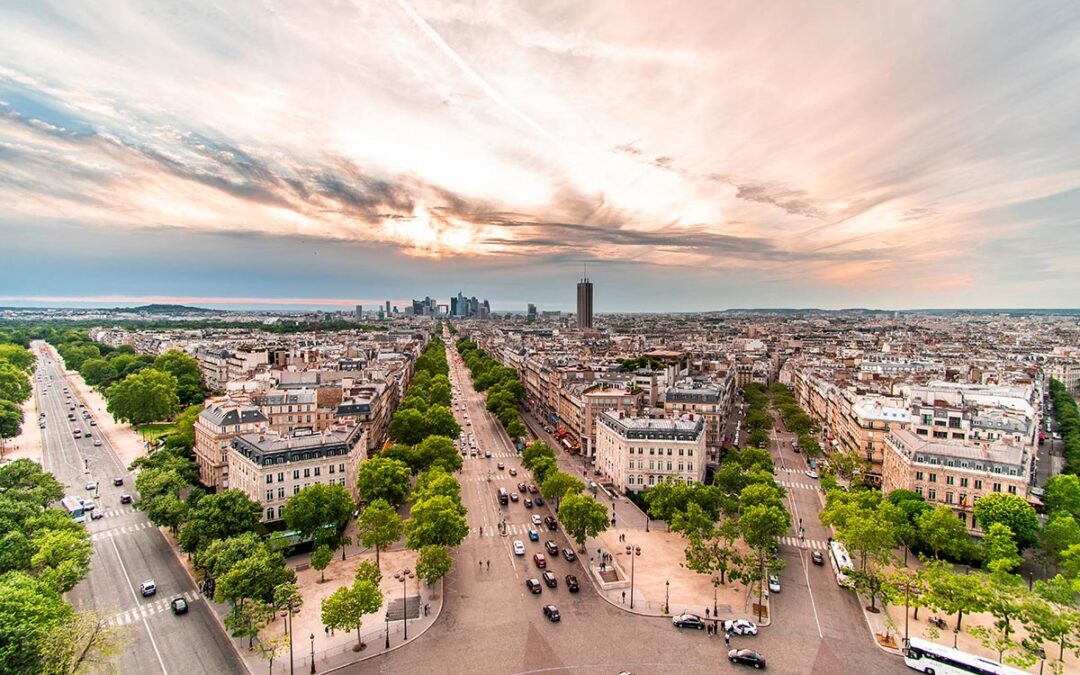You’ve made the decision. The 2026 Schneider Electric Marathon de Paris is on your calendar. You know about the start on the Champs-Élysées and the finish on Avenue Foch. But between that glorious beginning and end lies a course that demands more than just fitness—it demands strategy. Having learned these lessons the hard way, this guide is for those ready to move beyond the basics and truly master the unique challenge that is running the streets of Paris.
Beyond the Landmarks: The Paris Marathon’s Five Hidden Challenges
Everyone talks about the beauty, but to run Paris well, you must understand its subtle difficulties. These aren’t flaws; they’re the character of the course.
1. The Cobblestone Conundrum
Those picturesque, historic streets are your number one enemy. Sections near Place de la Bastille and along the Seine are paved with uneven, often slippery, cobblestones.
- The Risk: Wasted energy from stabilizing muscles, increased fatigue, and a higher chance of turning an ankle.
- The Strategy: Shorten your stride and increase your cadence over these sections. Don’t fight the surface; flow over it. Practice on gravel or grass paths to build ankle strength.
2. The Tunnel Effect
The course takes you through several short tunnels. The sudden darkness, echo, and temperature shift can be mentally and physically disorienting.
- The Risk: Breaking your rhythm and experiencing a sudden, unsettling drop in perceived energy.
- The Strategy: Mentally prepare for them. Know their approximate locations (around Km 25 and 37). Take your sunglasses off *before* you enter to let your eyes adjust faster.
3. The “Visual Distraction” Pace Killer
It sounds counterintuitive, but the sheer beauty of Paris is a legitimate challenge. The constant urge to look around can destroy your pacing.
- The Risk: Weaving, slowing down unexpectedly, or missing your hydration station because you’re gazing at Notre-Dame.
- The Strategy: Be a tourist *strategically*. Pick 2-3 landmarks where you’ll allow yourself a 5-second “look and enjoy” break. For the rest of the course, keep your focus on the runners ahead and your form.
The Paris-Specific Pacing Plan: A Kilometer-by-Kilometre Strategy
Forget a flat, even split. To run Paris smart, you need a dynamic plan.
Kilometres 1-10: The Controlled Descent
The start downhill the Champs-Élysées is a trap. You will feel incredible. Do not bank time here. Aim to run 10-15 seconds slower than your goal pace. Let the crowds carry you, but let your brain control your legs. The energy you save here is an investment for the tunnels and the Trocadéro hill later.
Kilometres 20-30: The Mental Grind
This section along the Seine can feel monotonous. The crowds thin, and you’re faced with long, flat straights. This is where the mental battle is won. Break this section into three smaller chunks. Focus on getting to the next bridge, the next aid station, the next tunnel. Use this stretch to find a steady rhythm and take your nutrition.
Kilometres 35-42: The Final Test
The incline near the Trocadéro Gardens (around Km 37) is short but feels like a mountain. This is not the time to look at the Eiffel Tower. Shorten your stride, look 10 feet ahead, and power through. Once you crest it, the final run down Avenue Foch is one of the most rewarding finishes in all of running.
Fueling Like a Local: Navigating Parisian Aid Stations
The nutrition offered is a mix of standard and uniquely French.
- Water & Electrolytes: Available every 5K. Practice drinking from the flimsy cups used in European races to avoid choking or wearing your drink.
- The Surprises: Be prepared for dried fruit, sugar cubes, and sometimes even pieces of cheese. If you haven’t trained with it, don’t experiment on race day. Stick to your own gels and chews.
- Pro Tip: Carry a small, disposable water bottle for the first 5K to avoid the chaos of the early, crowded aid stations.
The Insider’s Logistics Checklist
The Expo (Porte de Versailles)
Go on Thursday if you can. It’s significantly quieter than Friday or Saturday. This gives you more time to rest your legs and less time standing in lines. While there, pick up the official course map—it’s detailed and makes a great souvenir.
Race Morning: A Better Start
Instead of fighting the crowds at the Franklin D. Roosevelt metro station, get off at George V and walk down the Champs-Élysées. It’s a more relaxed approach and helps with your warm-up.
Post-Race Recovery in Paris
Do not, under any circumstances, try to climb the Arc de Triomphe steps the next day. Instead, celebrate the Parisian way: find a café in the 16th arrondissement for a well-earned croissant and coffee. For a true local recovery, consider a gentle stroll through the Bois de Boulogne, where you just finished your epic journey.
The Final Word: Is a Paris Personal Best Possible?
Can you run your fastest marathon ever in Paris? It’s unlikely, and that’s okay. The cobblestones, tunnels, and distractions make it a tough course for a pure time trial. However, you can absolutely run your smartest and most enjoyable marathon. The goal here is to execute a brilliant strategy, soak in an unparalleled atmosphere, and finish with a smile—and perhaps a newfound love for French cobblestones. That is the true victory of the Paris Marathon.

